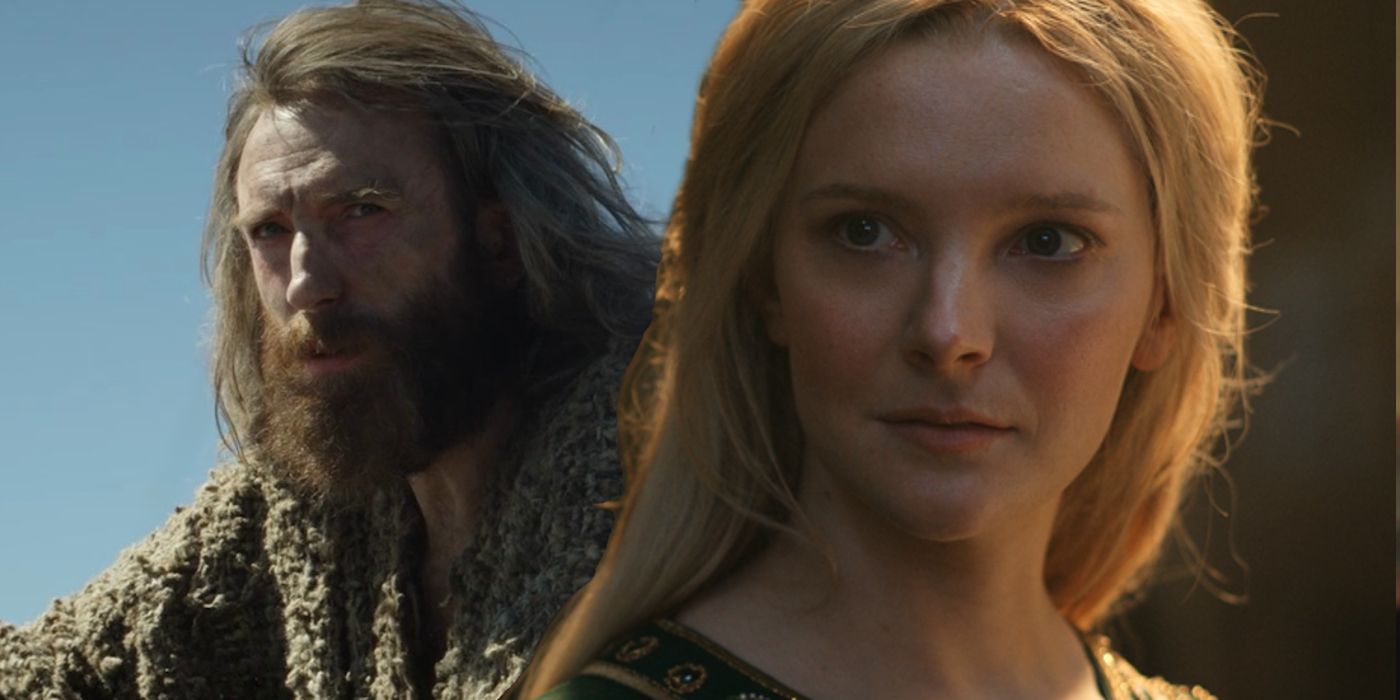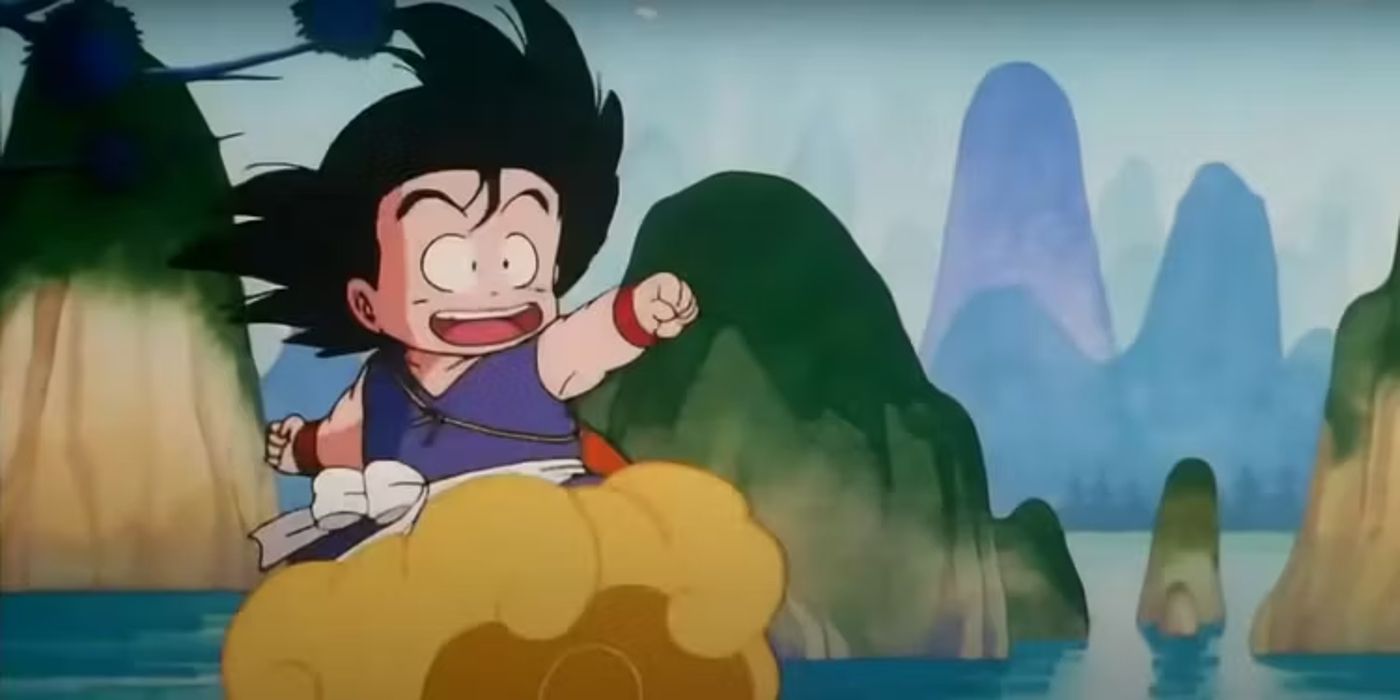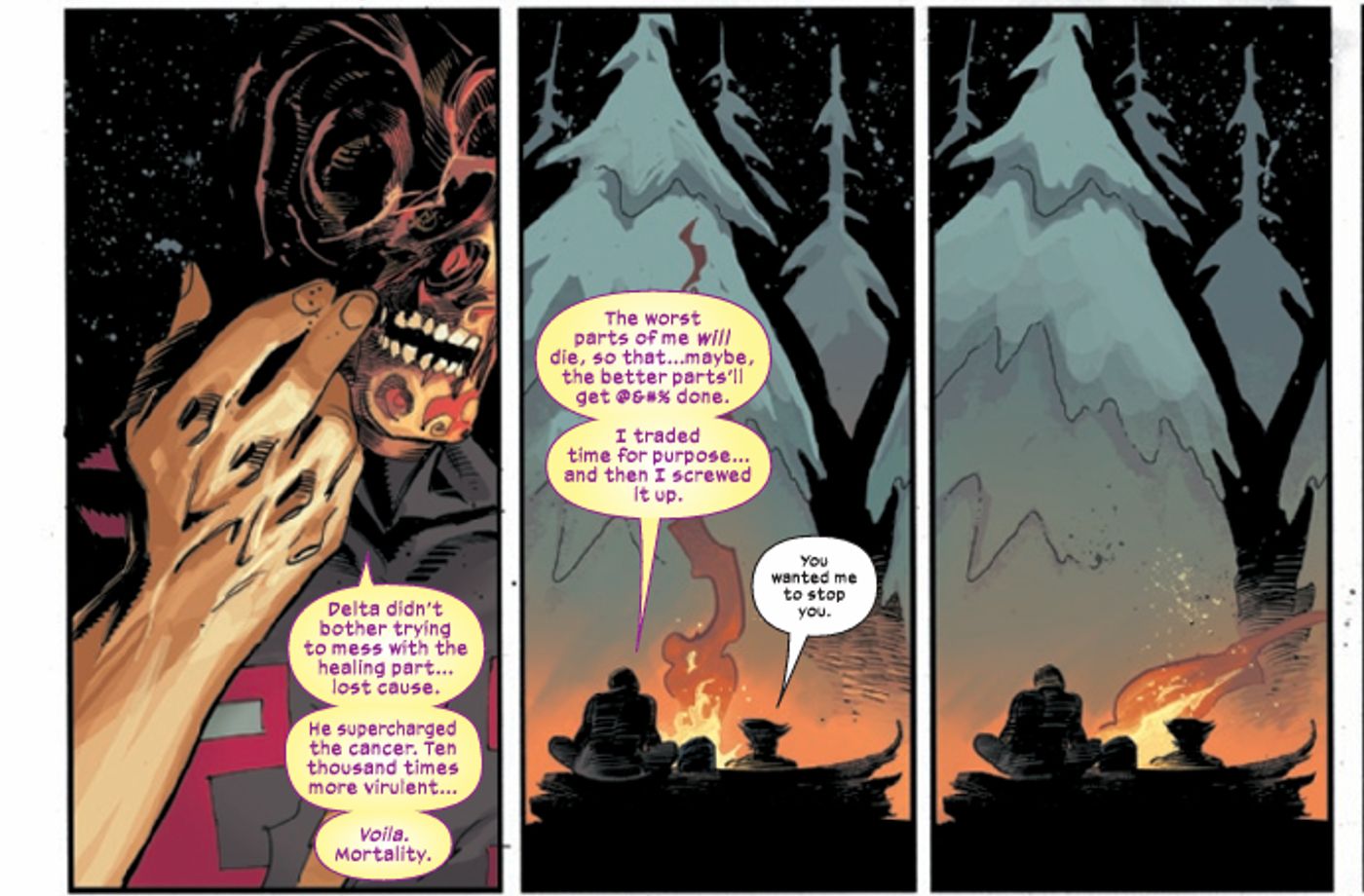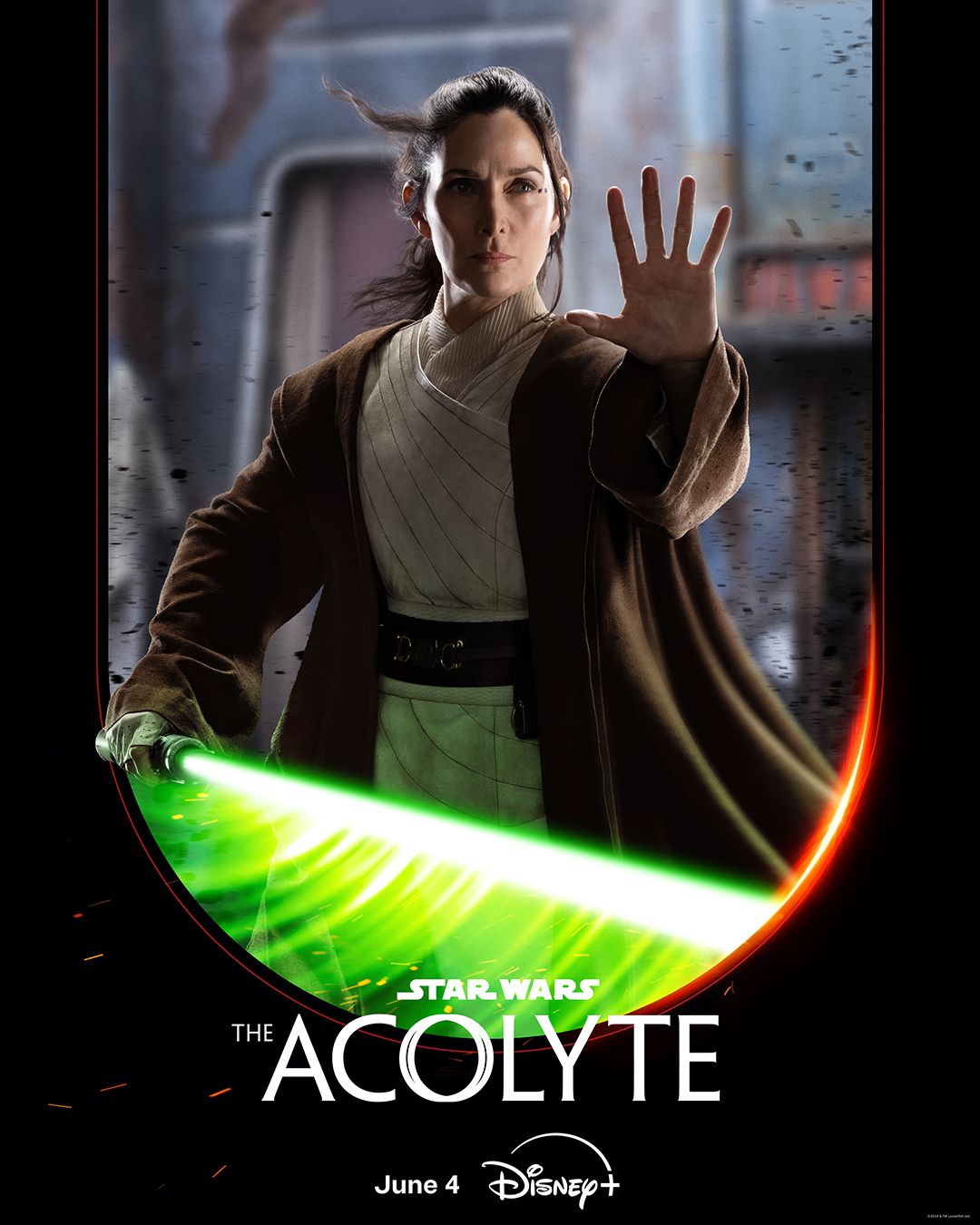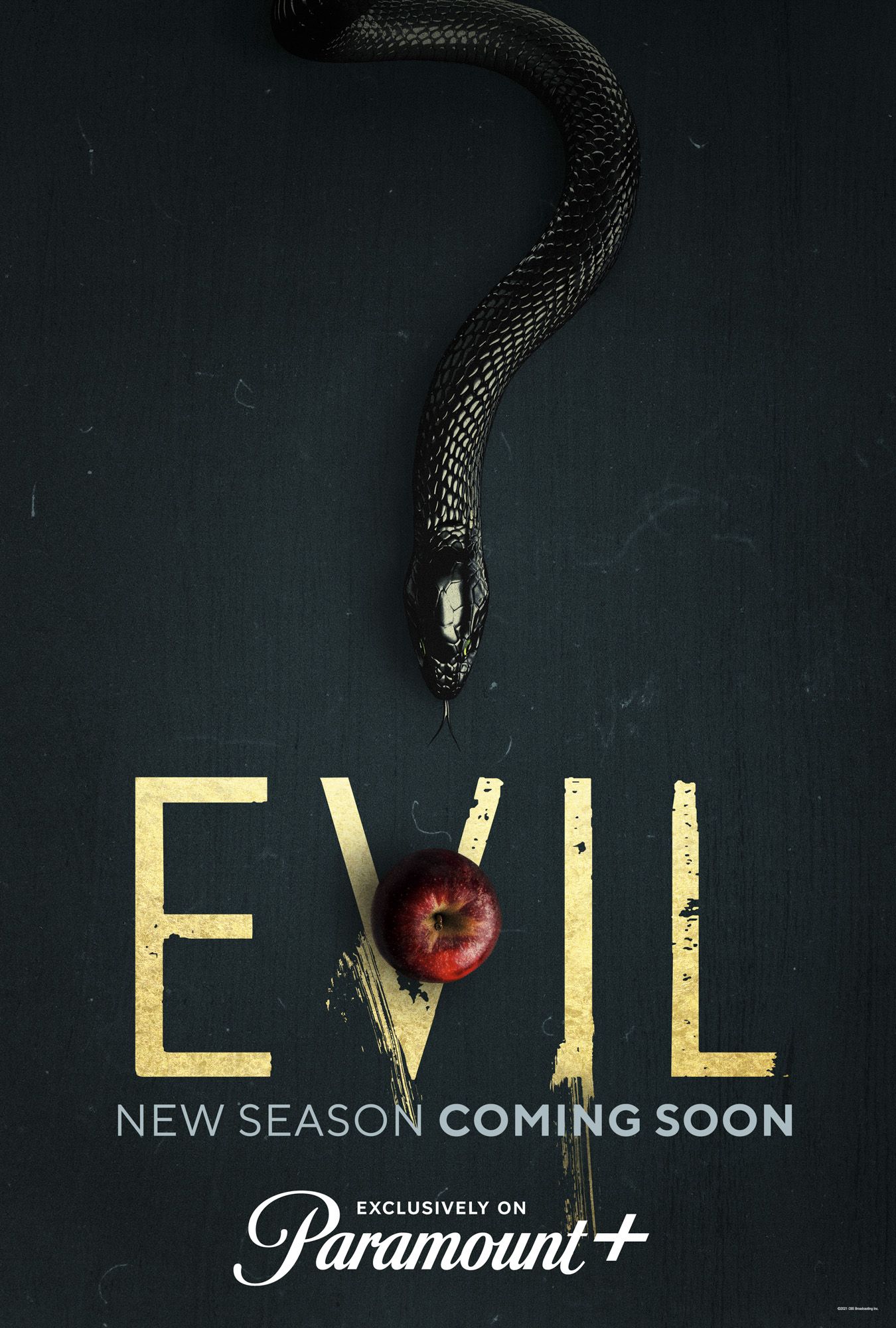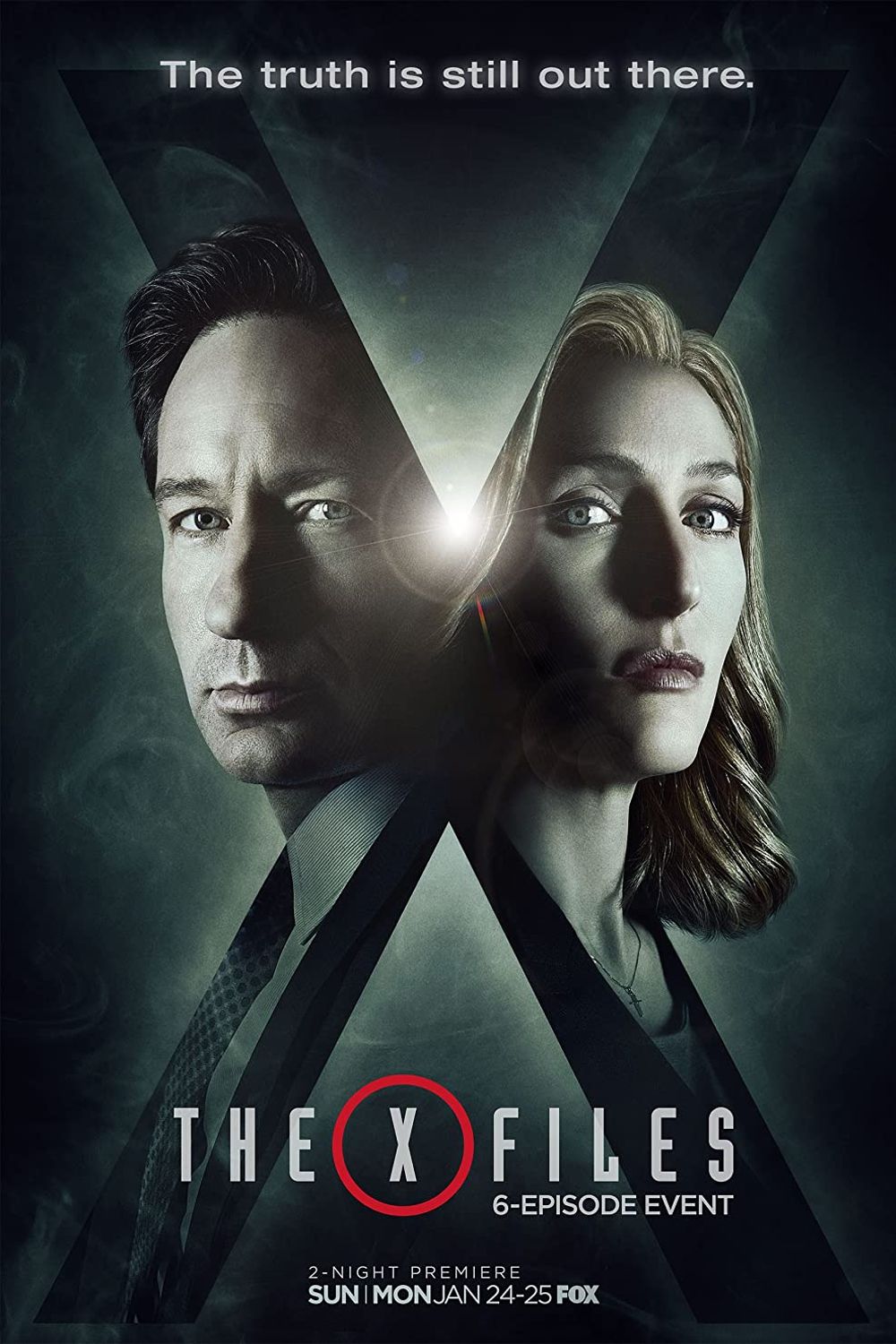There is a major issue that seriously hurt 1984’s The Return of Godzilla. The movie was the 16th in the Godzilla franchise, the last of the Shōwa era, and the first of the Heisei. Despite earning $14 million at the box office on a budget of $6.25 million, it is better known in the US as Godzilla 1985, where it spent an additional budget of $2 million and earned a box office take of $4.12 million. The budget discrepancy was because of some major edits before the American release.
After the release of Godzilla Minus One, Corridor Crew gathered a team of VFX artists to discuss one mechanical malfunction that seriously hurt The Return of Godzilla. With his eyes routinely malfunctioning, the King of the Monsters was often looking in two different directions at once, creating a baffling look. One, Peter France, went into depth about the way that the American release removed the footage solely because of the absurdity of Godzilla’s appearance. Check out his quote below:
So for the 1984 Godzilla movie, they were like “Okay, we’re building a 16 foot tall Godzilla robot,” and it was really cool. It mostly worked, but what was tragic is, I guess, it didn’t look very good, because they removed almost all of the shots with this from the American release. There are only a couple shots, because the eyes malfunctioned, and they would kind of look in different directions, so it just looked really silly… So they’re like “We can’t put this in the movie.” I love the practical explosives on this kind of stuff. Just slow motion smoke curling around the costumes. It’s one of the benefits of building a giant animatronic is that your smoke and fire scales better.
The Challenges Of Godzilla VFX
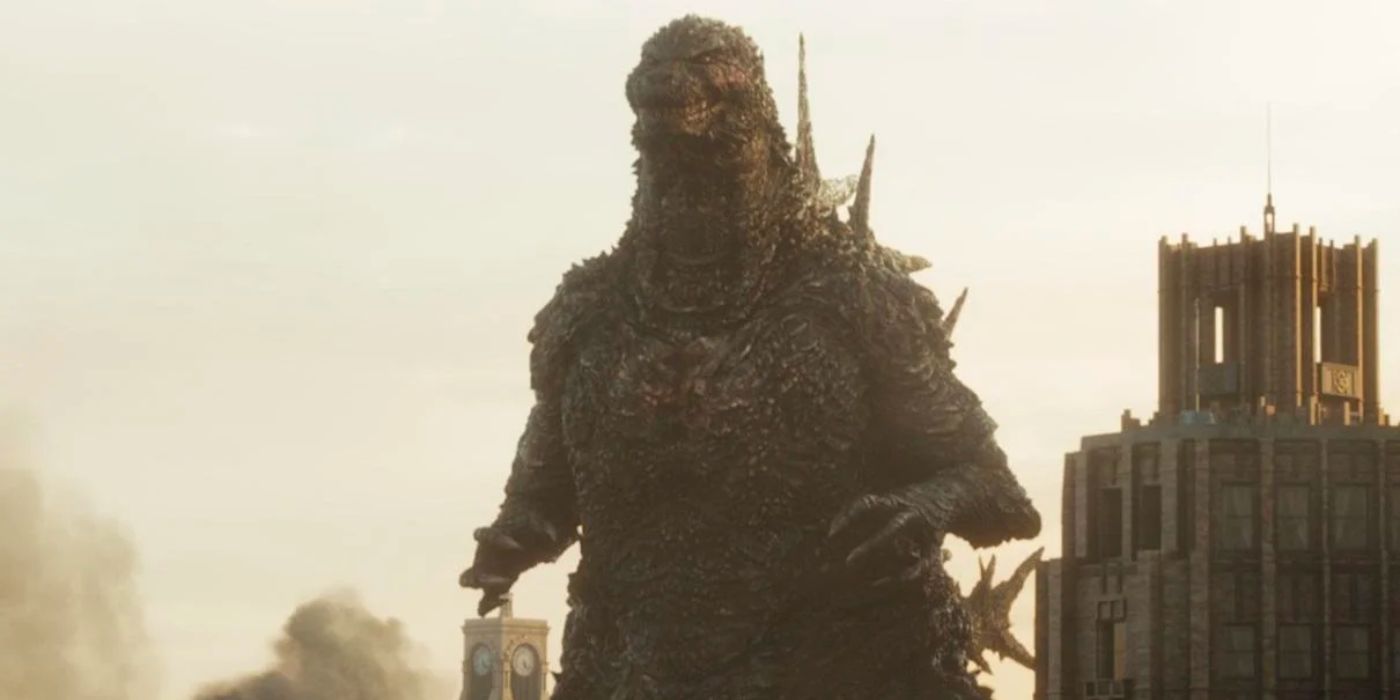
It has always been difficult to make the special effects in Godzilla movies look somewhat realistic. Kaiju are fundamentally unbelievable, given that they are gigantic monsters who often appear to be larger versions of relatively minuscule animals. Godzilla, himself, is a gigantic lizard, and his proportions need to scale with his size. Additionally, every monster is designed to have more inventive features and fantastical elements, including wings or fire-breathing. That’s why every version of Godzilla somewhat differs.
An additional challenge is having the kaiju interact with objects and human beings. They topple down buildings, charge through water, and cause countless explosions. Making those events look realistic means occasionally filming real people or simulating entire bodies of water for Godzilla to charge through. That relies on a mix of computer-generated images and practical effects, but there are challenges to that too.
Blending practical effects and CGI play a major role in the modern development of any blockbuster movie, but VFX artists struggle with added burdens. CGI takes time, adequate vision, and substantial funding to produce a realistic effect. Using a practical robot version of Godzilla was a way to craft the monster with the resources of 1984, while also having him interact with the world in a way that CGI could not then realistically manage. Unfortunately, a malfunction meant that The Return Of Godzilla featured a severely inadequate Godzilla.
